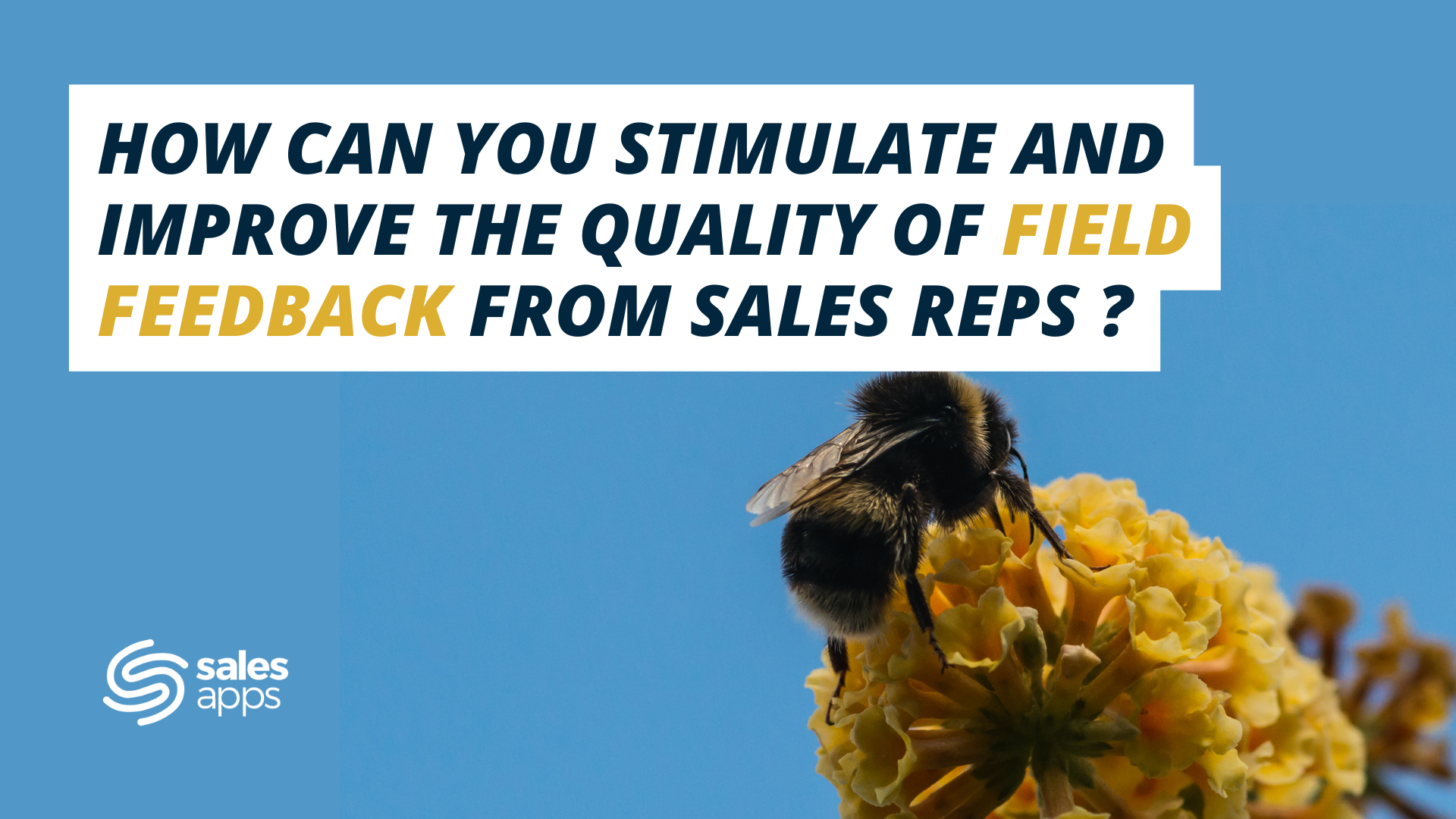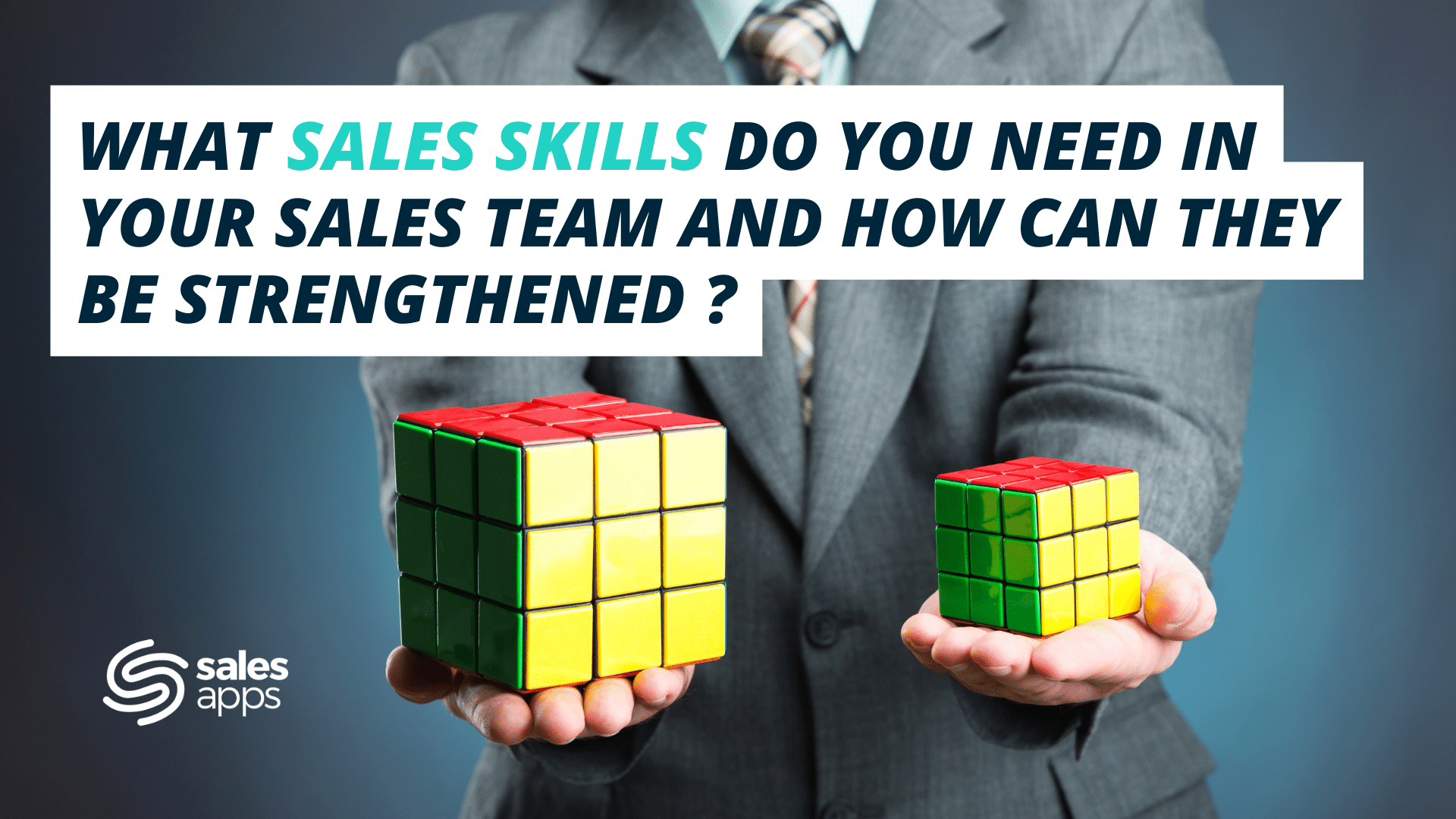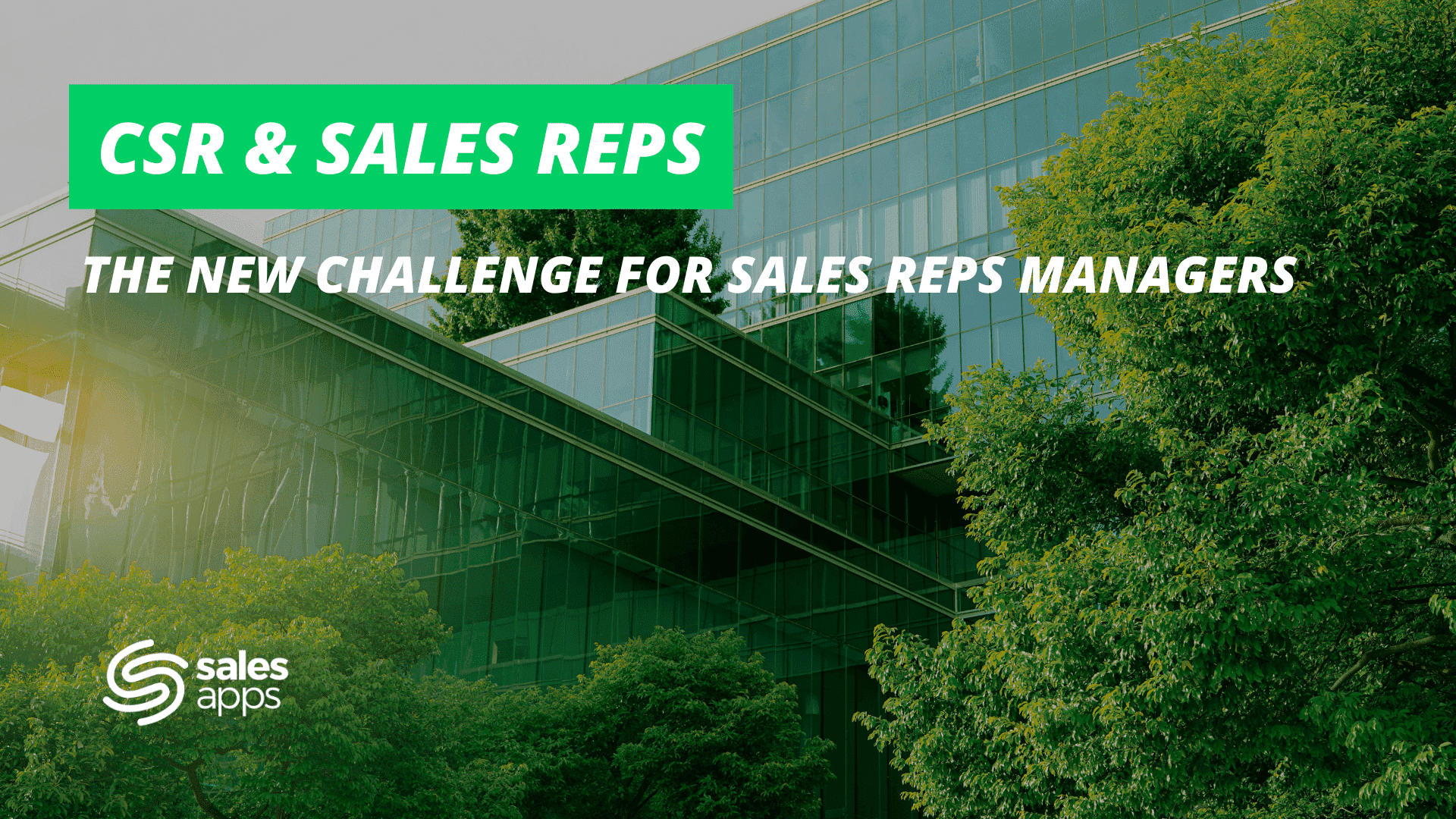
Blog
The future of cold calling tested by iOS 26: sales reps at stake
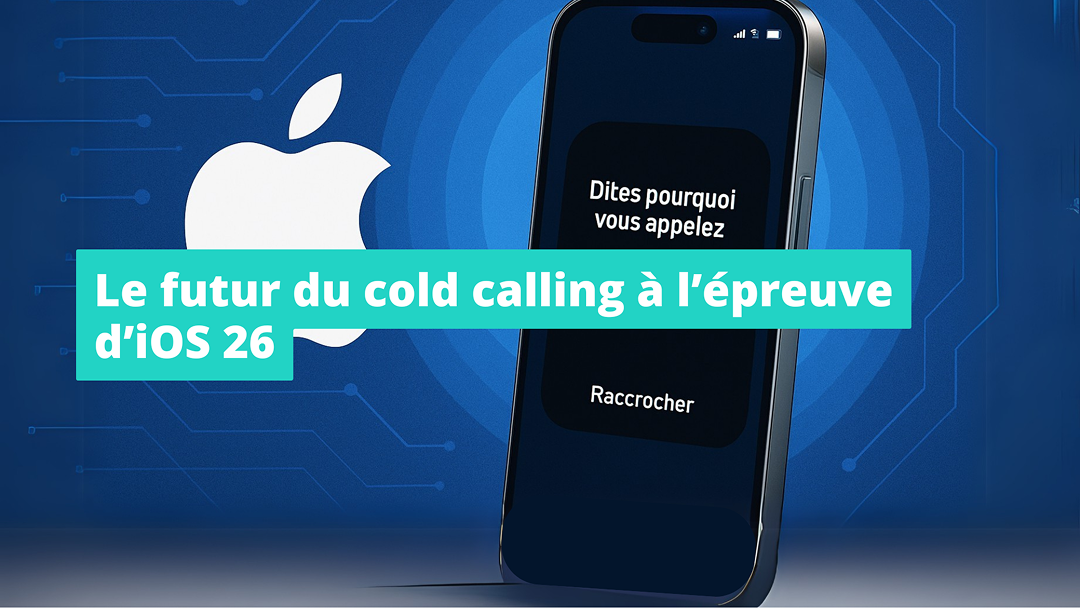
Apple has just unveiled iOS 26, its latest update, at WWDC 2025. While the new design catches the eye, there's another, less visible but far more strategic development that deserves attention. It concerns neither the interface nor the widgets... but a use that many consider secondary: the phone itself.
And yet, this is perhaps where the future of cold calling lies.
By putting voice calling back at the center, Apple is reopening a question that many had thought control: How can you successfully establish contact when prospects are already saturated with solicitations?
This seemingly technical change poses real challenges for the prospecting business:
- How do you create a catchphrase that gets past the new roadblocks?
- How do you grab attention without sounding like just another caller?
- And above all, what happens to the cold call when the call doesn't even reach its destination?
Beyond the hype, it's the way we prospect that's changing. And in this new context, the days of improvising over the phone seem increasingly distant.
iOS 26 integrates two functions already tried and tested by Google
Among the new features presented at WWDC 2025, two go almost unnoticed... and yet they could well change our relationship with incoming calls for good.
Call Screening: iPhone filters calls before they disturb you
With iPhone call screening, Apple introduces an advanced filtering system.
When a call comes in from an unknown number, the phone doesn't ring immediately.
It intercepts the call, invites the caller to identify himself and explain why he wishes to speak to you. Once this information has been transcribed, you decide whether or not to answer.
This feature is far from new: Google launched it back in 2018 on its Pixel phones, under the name Call Screen. It is regularly cited as one of the reasons why some users remain loyal to the Android ecosystem.
Hold Assist: your iPhone takes your place while you wait
The second new feature is Hold Assist, designed to avoid those long minutes spent listening to music on hold.
When you call customer service, the iPhone can now wait for you. It alerts you as soon as an advisor is on the line, so you can stay available while you get on with your work.
Here again, Apple is following in the footsteps of Google, which introduced the Hold for Me function in 2020 on its Pixels.
Call screening becomes the norm. In 2025, picking up a call is no longer done by default. You have to justify your presence. And for sales reps, that means no more improvisation.
Why these changes also affect sales reps
On the face of it, these new features are aimed at private individuals. But in reality, they call into question a well-established practice in sales teams: cold calling.
Now, a prospect can see who's calling and why, even before the phone rings. If they don't recognize the name, or if the reason seems vague or irrelevant, the call won't go through.
In other words, the traditional cold call, which relies on surprise and vocal hooks, is losing its effectiveness.
In the past, you could rely on intonation, energy or the first sentence to create a link. Today, it's the content displayed that makes the first impression.
And if this message doesn't appeal, the call is blocked from the outset.
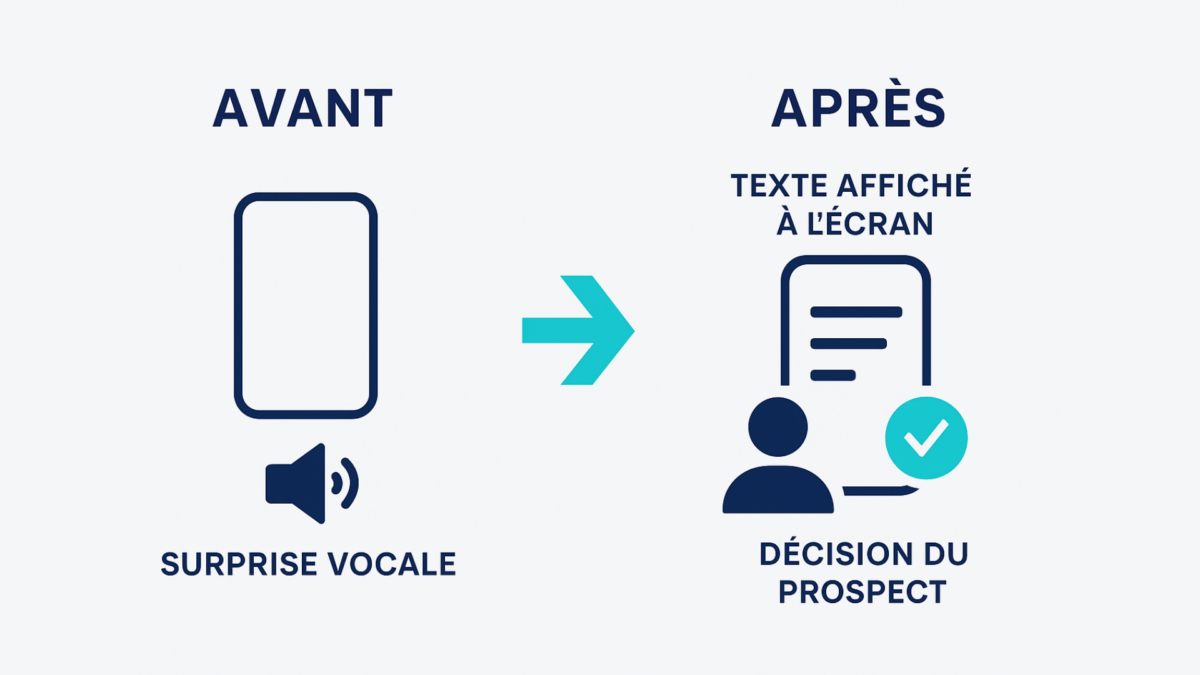
The future of cold calling is this:
- Less room for spontaneous speaking.
- More obstacles before the first interaction.
- And above all, an increased demand for clarity, relevance and personalization.
Prospects already receive too many solicitations. With iPhone call screening, they gain one more filter. And with this filter, the slightest inaccuracy becomes a reason for rejection.
Prospects don't have time for vague messages, let alone generic scripts. They want to know, from the very first words, that the call is worthy of their attention.
Do we know their company? Their role? Their context?
So we need to relearn how to prepare each contact, and find solutions to better understand our targets, refine our pitch, and create value from the very first exchange.
Prospecting isn't going away. It is becoming more demanding, more targeted and more prepared.
Preparation becomes a condition for existence
Untargeted, impersonal calls already had no place in B2B. With iPhone call screening, they'll simply be discarded from the outset.
Mass-marketing systems such aspredictive dialers are a perfect example. They call in series, without any real targeting or context. The result: silence at the beginning of the call, followed by a generic speech. This is exactly what prospects avoid at all costs. And with iOS 26, these calls don't even reach their intended recipients anymore.
The result is fewer dropouts, more distrust and sales reps who miss out on real opportunities... simply because they arrive empty-handed.
In this new context, preparation is not an advantage. It's the basis. Appointments are no longer made blindly. We build it, upstream, with targeted and useful information. And that's exactly where Salesapps' AI agents come in.
Your allies for efficient appointments
| Agent IA | Main function | Objective |
| Company Profiler | Complete company overview: size, sector, news, competitors | Adapt your approach in seconds |
| Individual Profiler | Portrait of the contact: behavioral posture, public activity, weak signals | Refine your message and engage at the right level |
| Note Taker | Transcription and summary of meetings: needs, objections, next steps | Keep a record of every exchange, even during short meetings |
| Doc Summarizer | Summary of materials: pitches, case studies, brochures | Get to the point and prepare a structured speech |
When everything becomes filtered, including calls, the only way to be heard is to arrive prepared.
The future of cold calling requires more preparation
The future of cold calling no longer lies in volume or perseverance, but in preparation, relevance and quality of approach.
So those who adapt, relying on the right tools, the right signals, and a true knowledge of their target, will continue to get useful appointments. The rest will be left out in the cold.
At Salesapps, we see this transformation as an opportunity. It's an opportunity to put the human element, context and intelligence back into every contact, and to give the telephone back its true value: that of an exchange that moves things forward because it's expected, prepared and well conducted. Want to see how these AI agents can fit into your processes? Request a personalized demo.
